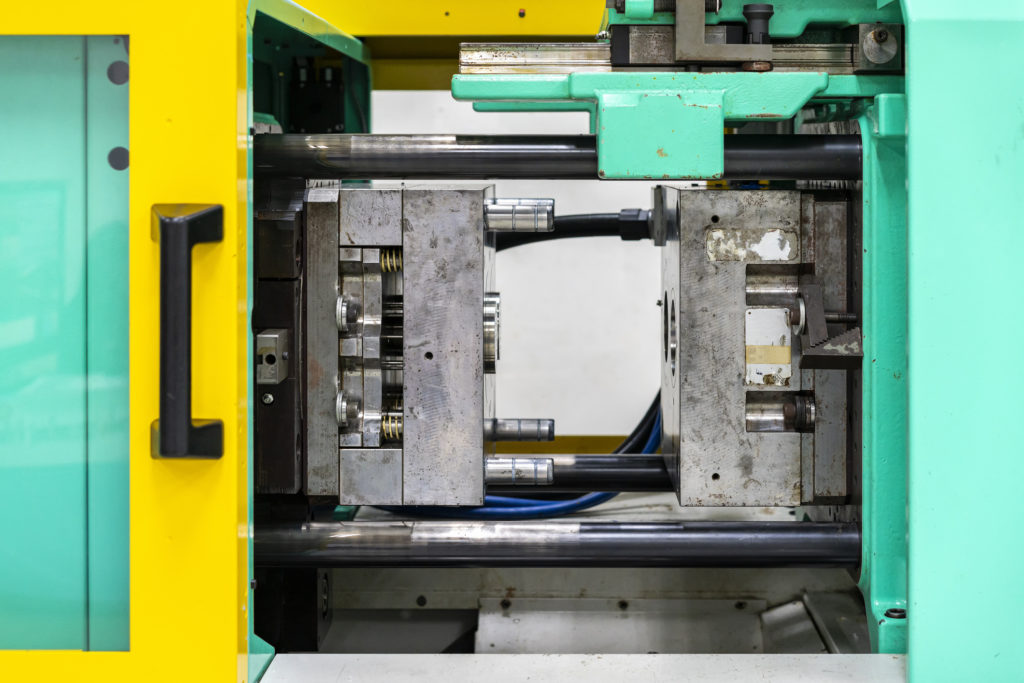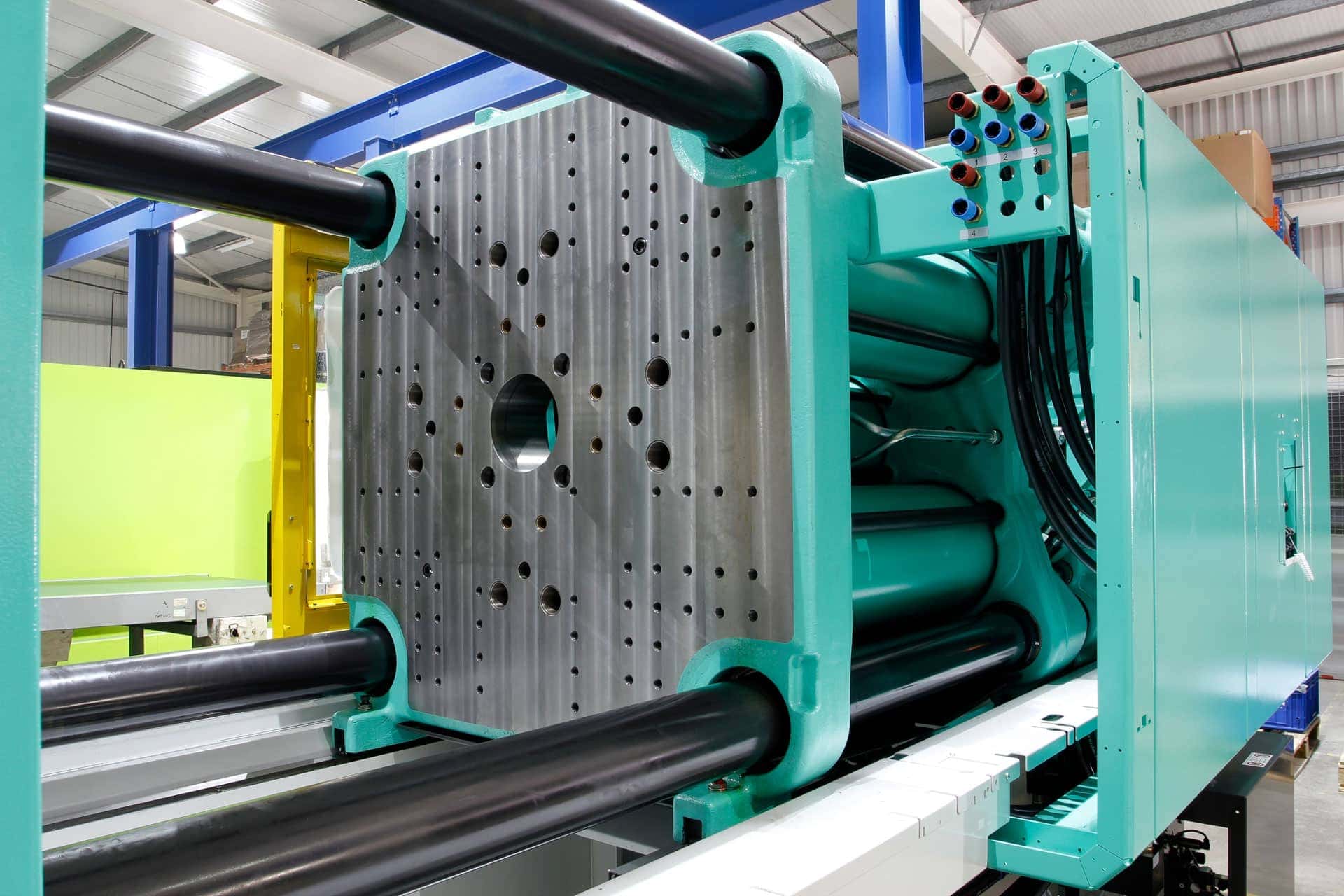Understanding the Basics of Plastic Injection Molding Procedures
Plastic injection molding offers as a keystone of modern-day manufacturing, offering a methodical approach to generating intricate elements with precision. Exploring these essential components can expose how even small modifications can lead to considerable enhancements in production end results, raising inquiries concerning the capacity for development in this established procedure.
What Is Plastic Shot Molding?
Plastic shot molding is a commonly made use of manufacturing procedure that changes thermosetting and thermoplastic materials into precise and complicated shapes. This method is preferred for its ability to generate high volumes of similar get rid of outstanding accuracy, making it a vital method in different sectors, including vehicle, consumer goods, and clinical tools.
The process includes thawing the picked plastic product and injecting it into a mold and mildew under high stress. The mold, developed to the requirements of the wanted part, enables the molten plastic to form as it solidifies and cools. When the product has actually solidified, the mold and mildew is opened up, and the completed component is ejected.
Plastic shot molding offers a number of advantages, consisting of lowered waste, uniformity in manufacturing, and the capability to incorporate elaborate styles that might be testing with various other making approaches. In addition, it sustains a wide variety of products, each supplying one-of-a-kind residential properties that can be customized for details applications. As sectors remain to introduce, plastic shot molding stays at the leading edge, allowing the advancement of sophisticated products that meet evolving consumer needs.
The Shot Molding Refine
The injection molding process is a sophisticated technique that involves numerous vital phases to create top notch plastic elements. At first, plastic pellets are fed into a warmed barrel where they are thawed into a viscous fluid. This molten plastic is then infused under high pressure into a precision-engineered mold, which forms the material right into the desired type.
Once the mold is filled, the plastic is allowed to cool down and solidify, taking the shape of the mold and mildew cavity. Cooling time is crucial, as it affects the cycle time and the last properties of the shaped part. After enough cooling, the mold and mildew opens, and the finished element is ejected utilizing ejector pins.

Products Utilized in Injection Molding
Various materials can be utilized in the shot molding procedure, each offering one-of-a-kind properties that accommodate specific applications. One of the most generally made use of materials include thermoplastics, thermosetting plastics, and elastomers.
Thermosetting plastics, like epoxy and phenolic resins, undertake a chemical change during the healing process, leading to an inflexible, inflexible structure. These products are ideal for applications needing high warmth resistance and structural stability, usually used in electrical insulators and vehicle components.
Elastomers, consisting of silicone and rubber-based products, provide flexibility and durability. Their special residential or commercial properties make them appropriate for applications that require flexibility, such as gaskets and seals.
In addition, specialty products like bio-based plastics and compounds are obtaining traction for their environmental benefits and enhanced performance qualities, expanding the scope of injection molding applications in different markets. Recognizing the residential or commercial properties of these materials is important for choosing the proper kind for certain jobs.
Advantages of Injection Molding
Injection molding stands out as a highly efficient production procedure that uses many advantages for creating complex parts with accuracy. Among the most significant benefits is the capacity to produce elaborate designs that would certainly be tough or difficult to attain with various other techniques (Plastic Injection Molding). The process permits for comprehensive features and limited resistances, guaranteeing premium components
In addition, shot molding is known for its quick manufacturing capabilities, making it an ideal selection for high-volume manufacturing. Once the mold and mildew is produced, components can be created promptly, minimizing lead times and raising general productivity. This performance not only decreases production prices however additionally supplies a competitive edge in the market.
The convenience view it of materials made use of in injection molding even more boosts its charm. A variety of thermoplastics and thermosetting polymers can be employed, enabling suppliers to choose products that best satisfy their specific demands, consisting of warm, strength, and versatility resistance.
In addition, the process reduces waste, as excess product can often be recycled and reused. This sustainability facet adds to a reduced environmental effect, making shot molding a liable manufacturing choice. In general, the benefits of shot molding make it a recommended approach for many industries.
Elements Impacting Product Top Quality
While various factors can check these guys out influence product high quality in injection molding, comprehending these aspects is critical for achieving optimal results. Key aspects include product option, refining criteria, and mold layout.
Product option plays an essential duty, as various polymers show special properties that affect flowability, toughness, and thermal security. Poor product option can result in problems such as warping or insufficient dental filling.
Processing parameters, including cycle, temperature level, and stress time, must be meticulously regulated. Variants in these settings can result in incongruities partially dimensions and surface area coating. As an example, exceedingly heats may create deterioration of the polymer, while inadequate stress can lead to short shots.
Mold and mildew design is equally crucial, as it identifies the flow of the molten plastic and the cooling procedure. Poorly made molds might result in uneven air conditioning rates, leading to residual stress and anxieties and dimensional mistakes.

Conclusion
Finally, plastic injection molding offers as a critical production procedure that makes it possible for the reliable manufacturing of premium components. Proficiency of the shot molding process, including the understanding of materials and the impact of anchor various elements on product quality, is essential for accomplishing optimal results. The advantages of this technique, such as cost-effectiveness and layout flexibility, additional highlight its importance throughout several markets, strengthening its standing as a recommended option for high-volume manufacturing.
Plastic shot molding serves as a cornerstone of modern-day production, giving a methodical approach to generating complicated parts with accuracy.Plastic shot molding provides several advantages, including lowered waste, uniformity in manufacturing, and the capability to integrate elaborate layouts that might be challenging with other manufacturing techniques (Plastic Injection Molding). As sectors continue to introduce, plastic shot molding continues to be at the center, enabling the growth of sophisticated items that meet evolving consumer demands
The shot molding procedure is a sophisticated strategy that entails numerous essential stages to generate high-quality plastic components.In verdict, plastic injection molding serves as a critical production process that allows the reliable manufacturing of top quality parts.